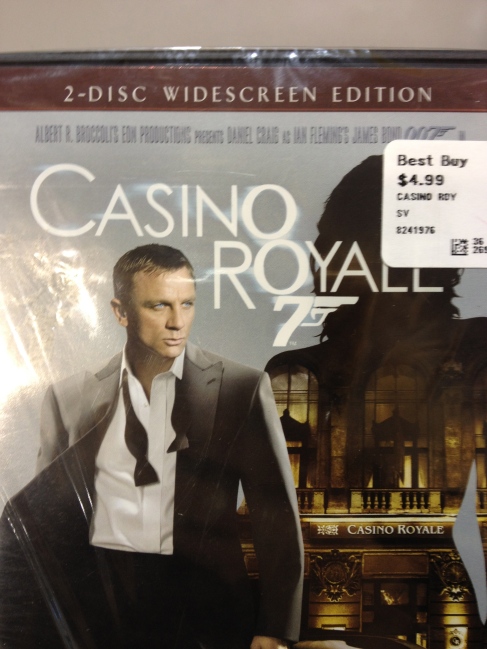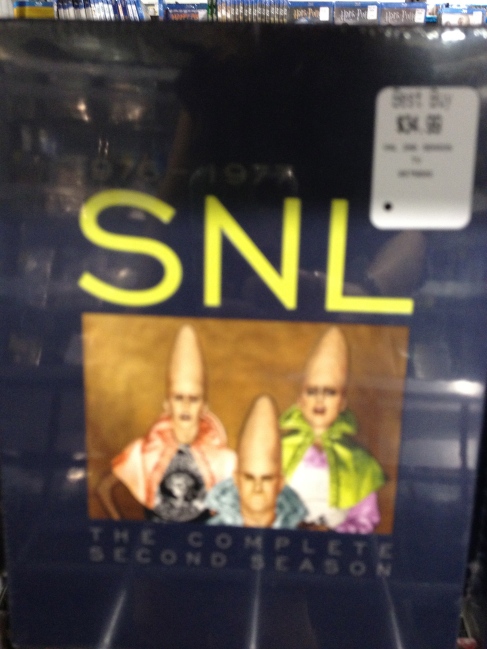Century Gothic was designed in 1991, for Monotype Type Foundry. It is classified as a geometric sans serif font. Interestingly enough, it is a digital typeface that has yet to be made into an actual physical type. It was inspired by the Lanston Monotype Foundry typeface known as Twentieth Century, designed by Sol Hess between 1937 and 1947.
Century Gothic has many notable features. One significant characteristic it holds, is its single story lowercase “a” and “g”. The overall character of the typeface is very geometric and generalized. It does not contain many true variations in its weight. Its x-height is quite large, with ascenders that are very subtle and minute. The lowercase “i” and “j” have thick and rounded dots or tittles.
Century Gothic is found frequently in movie posters. It is also the main typeface for a few television stations, like The Ellen Degeneres Show and House.
























